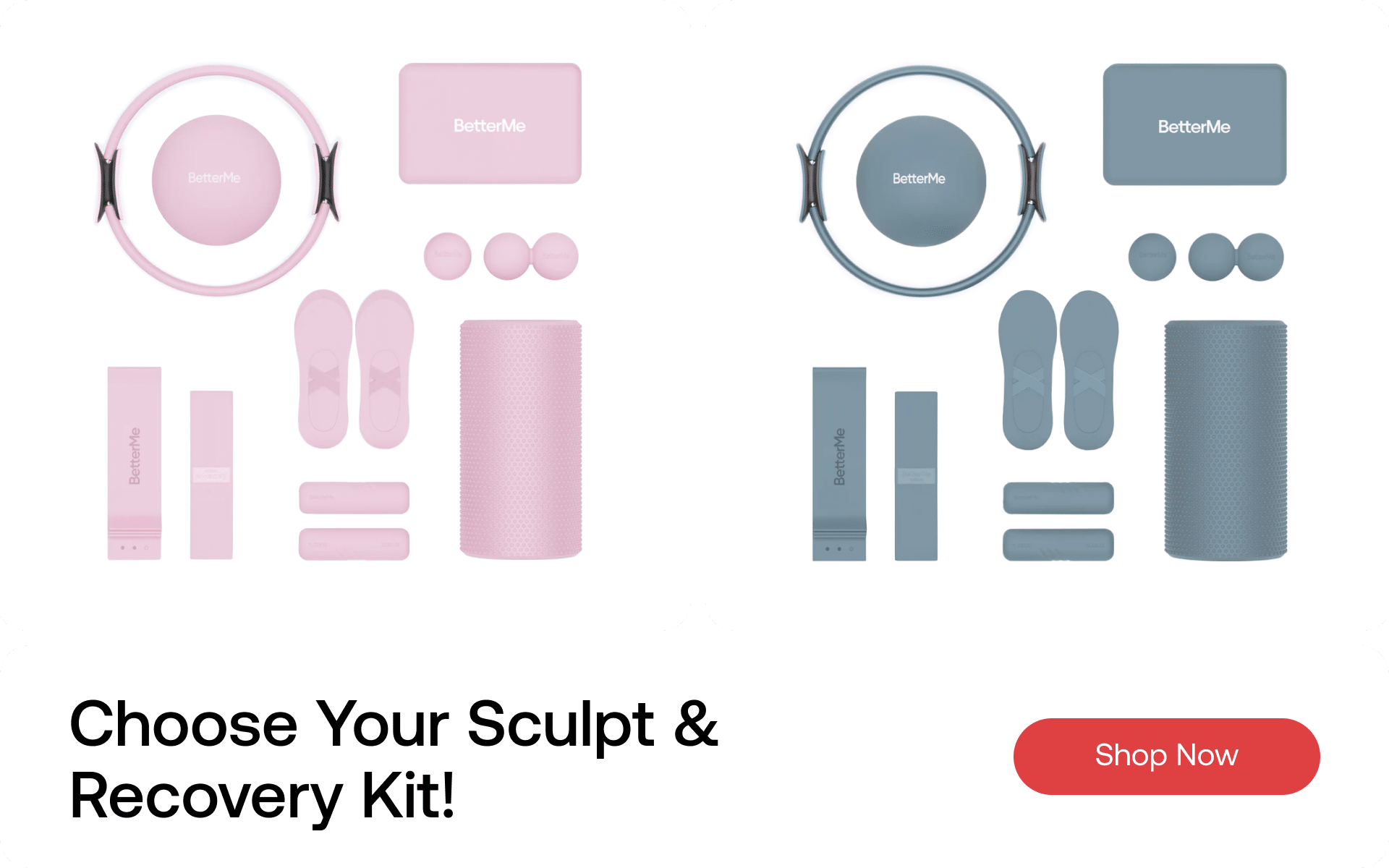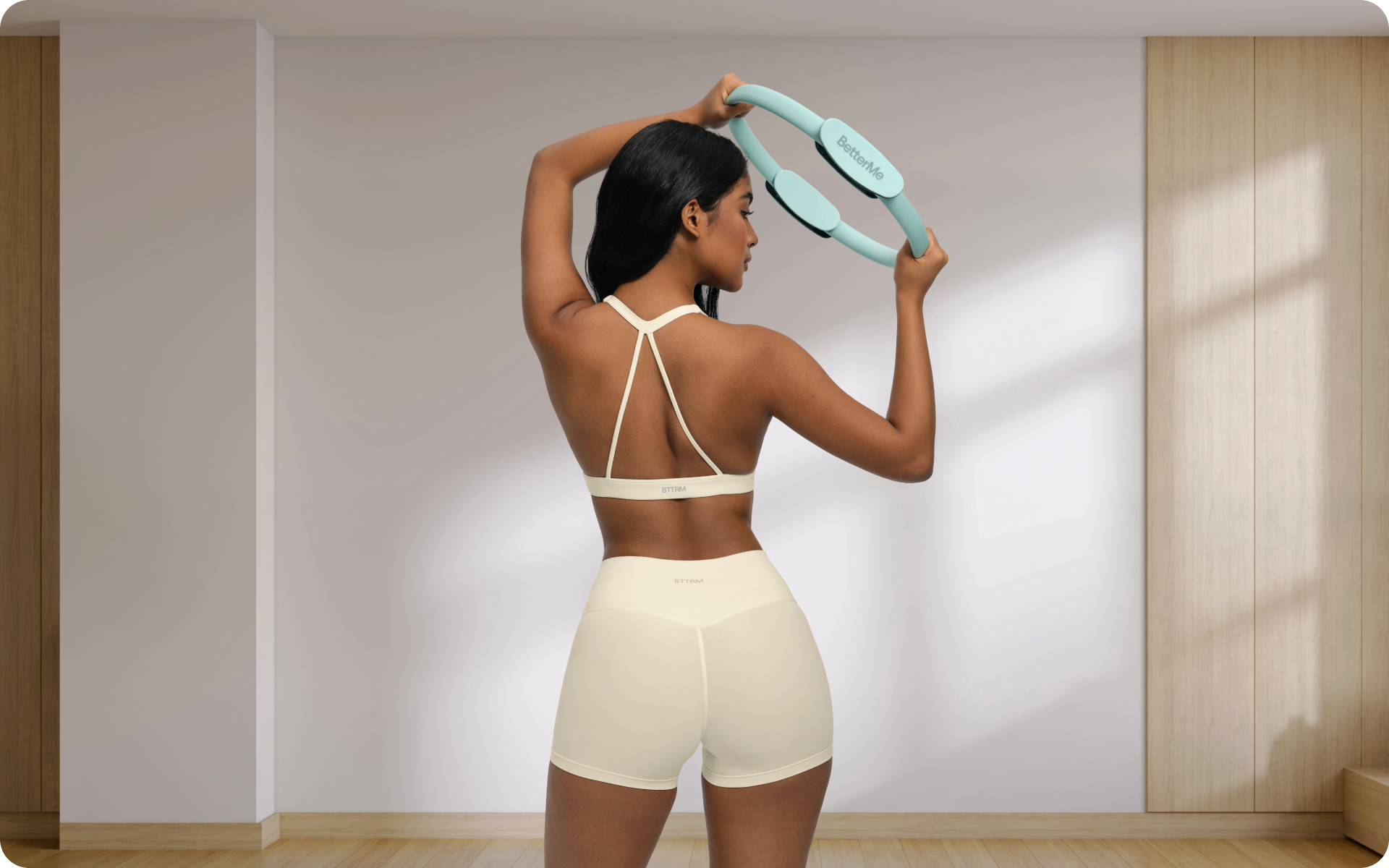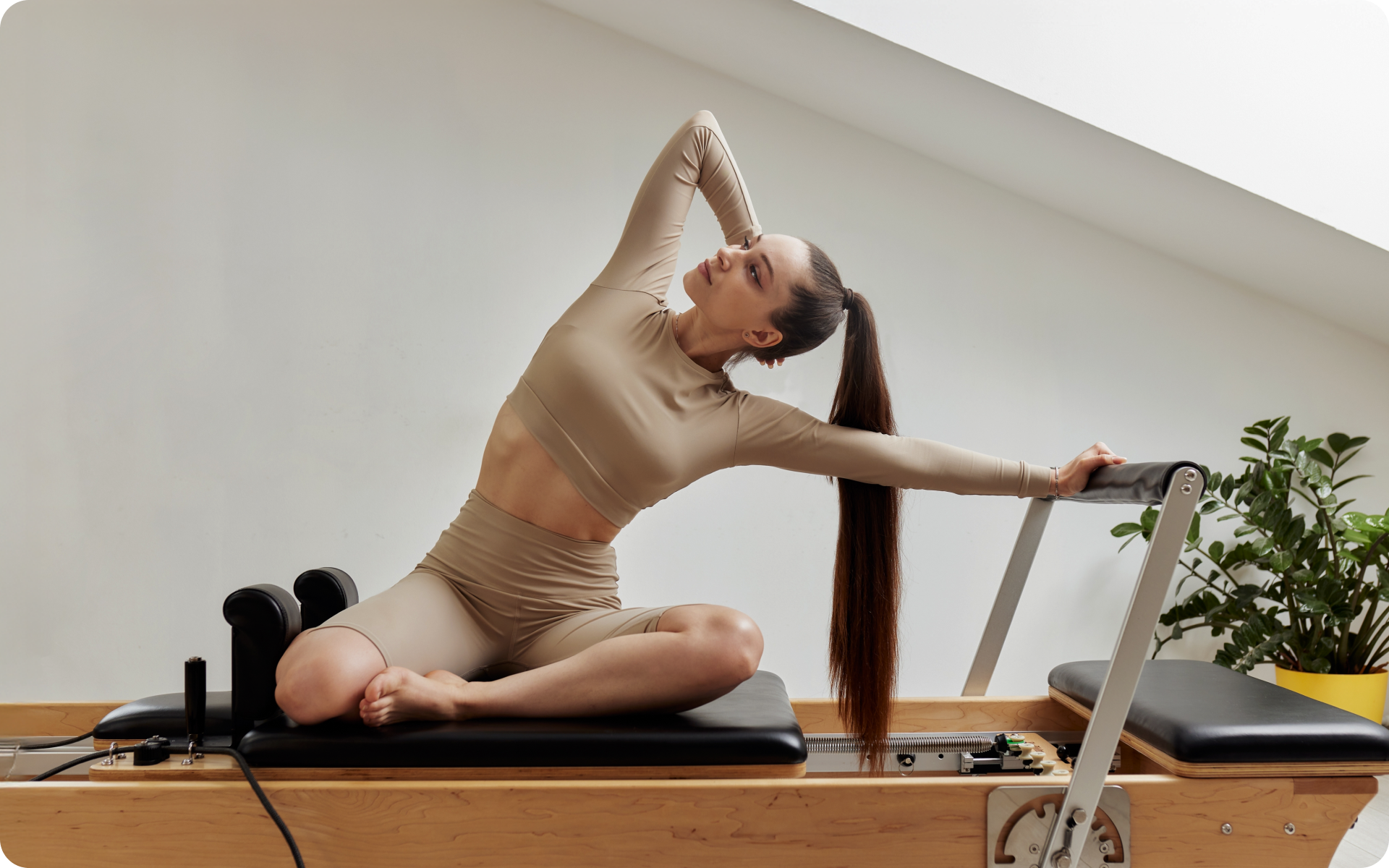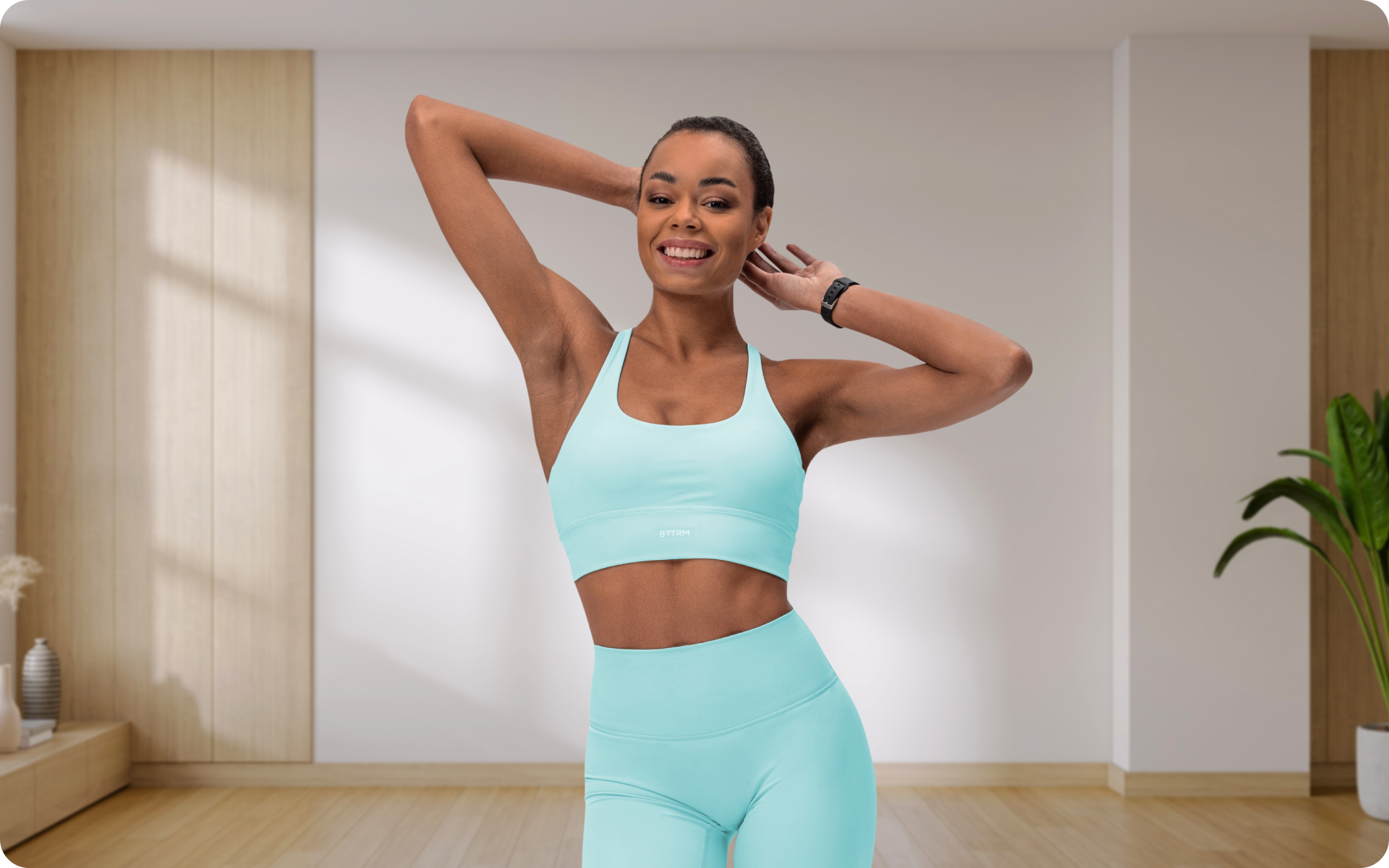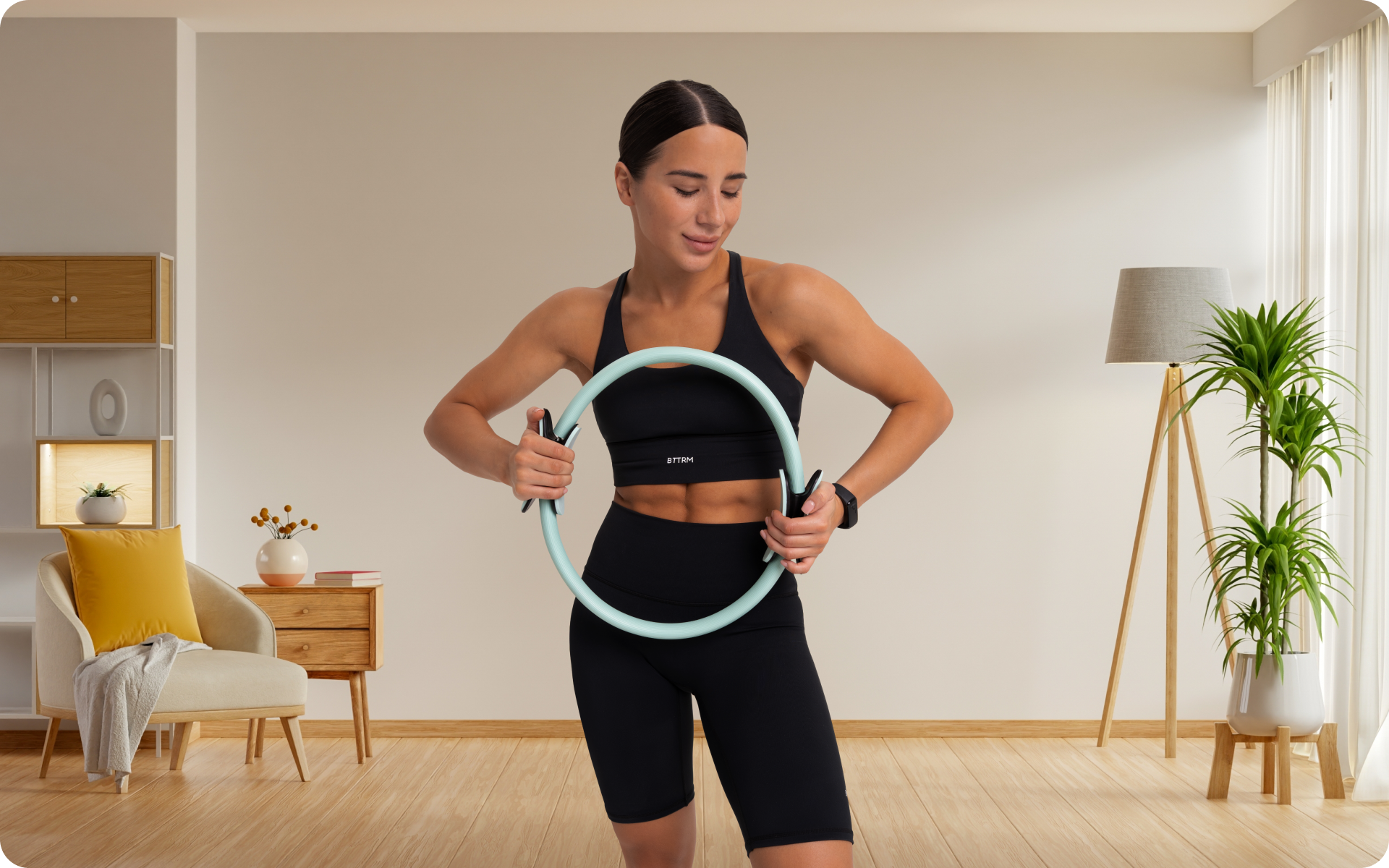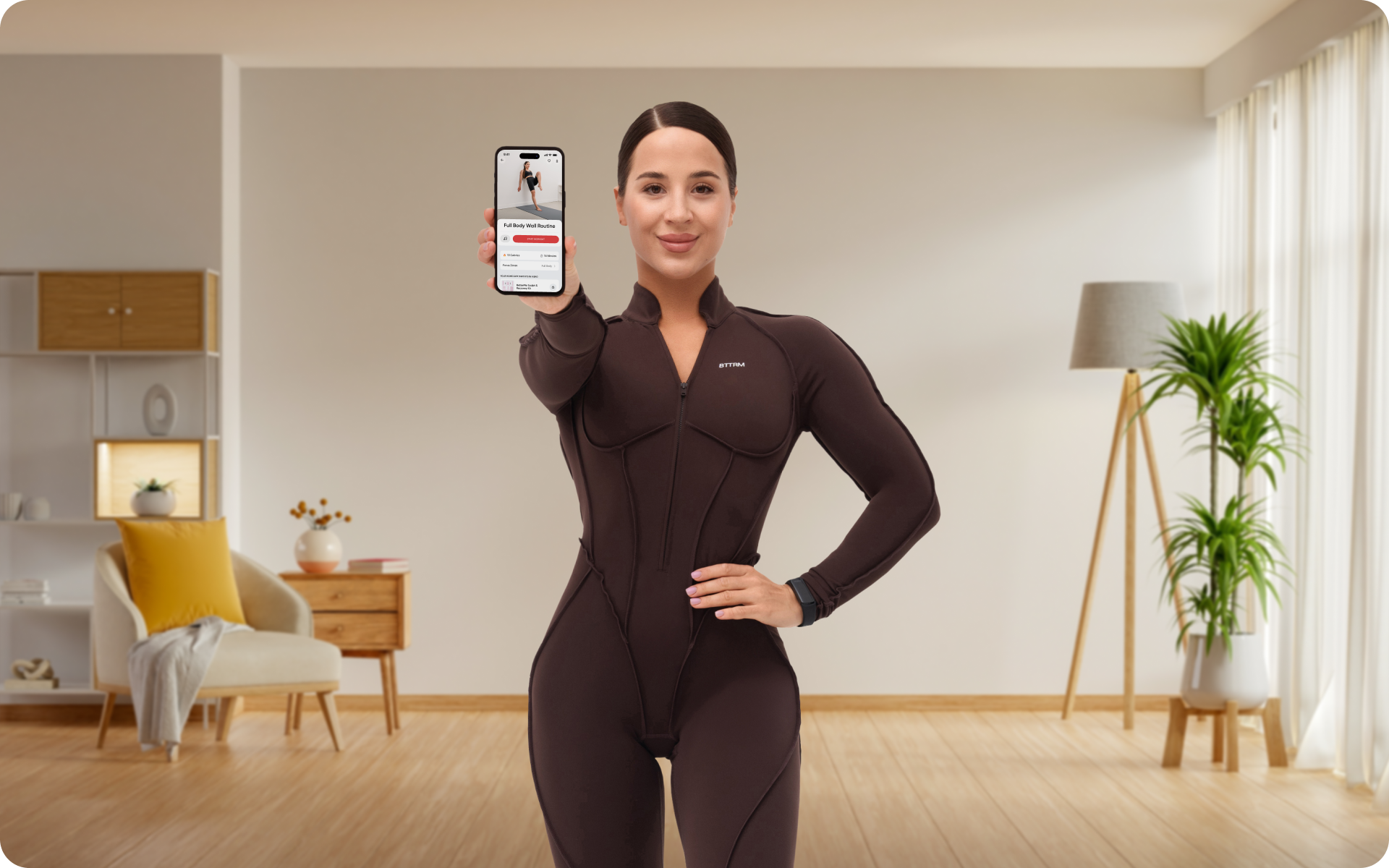Pilates is a type of workout that was created by Joseph and Clara Pilates in the early 1920s. Joseph Pilates – who worked as a hospital orderly – came up with this exercise as a way to rehabilitate patients and war veterans.
Today, more than a century after Joseph and Clara popularized this exercise, Pilates has become a beloved workout among many. The exercise has been praised for its benefits, such as improving flexibility, increasing muscle tone and strength, weight loss, improving core strength, and much more.
Aside from becoming quite popular in the fitness community, Pilates has undergone multiple modifications and more variations of the original workout have been formed. If you are a beginner to the workout, finding the best variation for you can be quite a daunting experience.
In this article, we shall be going through the most common types of Pilates taught in studios today. Hopefully, learning these individual types of pilates exercises will help you pick the variation that will work best for you and your goals.
What Are The Different Types Of Pilates?
When it comes to answering the question, ‘How many types of Pilates are there?’, the question varies from person to person. Some believe that there are only 3 types of pilates and others believe that there are as many as 8.
There are 4 main types of Pilates you are likely to come across in any studio.
They are:
- Classical Pilates
- Mat Pilates
- Contemporary Pilates
- Reformer Pilates
Other 3 types of Pilates workouts that are not as widespread but are still taught include:
- STOTT Pilates
- Winsor Pilates
- Clinical Pilates
BetterMe app will kick you out of the mental funk, shake off your extra weight, rid you off your energy-zapping habits, and help you sculpt the body of your dreams. Intrigued? Hurry up and change your life for the better!
Things To Know About The Different Types Of Pilates
Classical Pilates
Also known as traditional Pilates, this is the variation that strives to maintain the teachings and techniques that were established by Joseph back in the 1920s. Classical Pilates combines both apparatus and mat work.
Mat Pilates
As the name suggests, this type of Pilates exercise is done on the mat. The lack of fancy machines or equipment makes mat Pilates the most accessible form of Pilates for many. They are cheaper and can be done anywhere, even without a class or studio.
Mat Pilates is said to focus a lot on the core and flexibility. A point to note is that, while there is no apparatus work like in classical pilates, mat Pilates still use the same principle and movements as classical pilates.
If you are looking into Pilates for back pain relief, this variation might actually be the best for you.
In a study published in the Journal of Physical Therapy Science in 2014, researchers found that Pilates mat exercises were more effective in decreasing chronic back pain than Pilates apparatus exercises (3).
However, when it comes to dealing with disability caused by back pain and kinesiophobia, apparatus work might be a better option however individual preference should be considered (2).
Contemporary Pilates
This form of Pilates got its name from the fact that the movements taught in classes combine the age-old practices of traditional Pilates with new information acquired from contemporary research.
Practitioners of this contemporary pilates say that they like to incorporate knowledge from things like physiotherapy, biomechanics, and modern knowledge of the human body into classes.
Because each instructor has their own beliefs and specific area of research, contemporary Pilates classes vary very much from teacher to teacher.
Reformer Pilates
When people talk about the best types of Pilates for core strength and definition, reformer Pilates is among the most mentioned variations. Named after the apparatus used in class, this workout uses a reformer machine for added resistance.
The reformer machine is made up of a platform, springs, and a bed-like frame. An interesting fact is that reformer classes offer the same exercises as mat Pilates – only at a more intense capacity.
Of all types of pilates on this list, reformers are the most popular and the image of someone on the machine is one that many recognize. Because of the many moving parts of the equipment, reformer pilates is great for posture and coordination.
Additionally, reformer Pilates is better suited for more advanced people. The workouts are intense and, thus, people are often advised to familiarize themselves with this workout through mat Pilates before jumping into this option.
Read more: Does Wall Pilates Work? Discover Why Wall Pilates is the New FitTok Hype
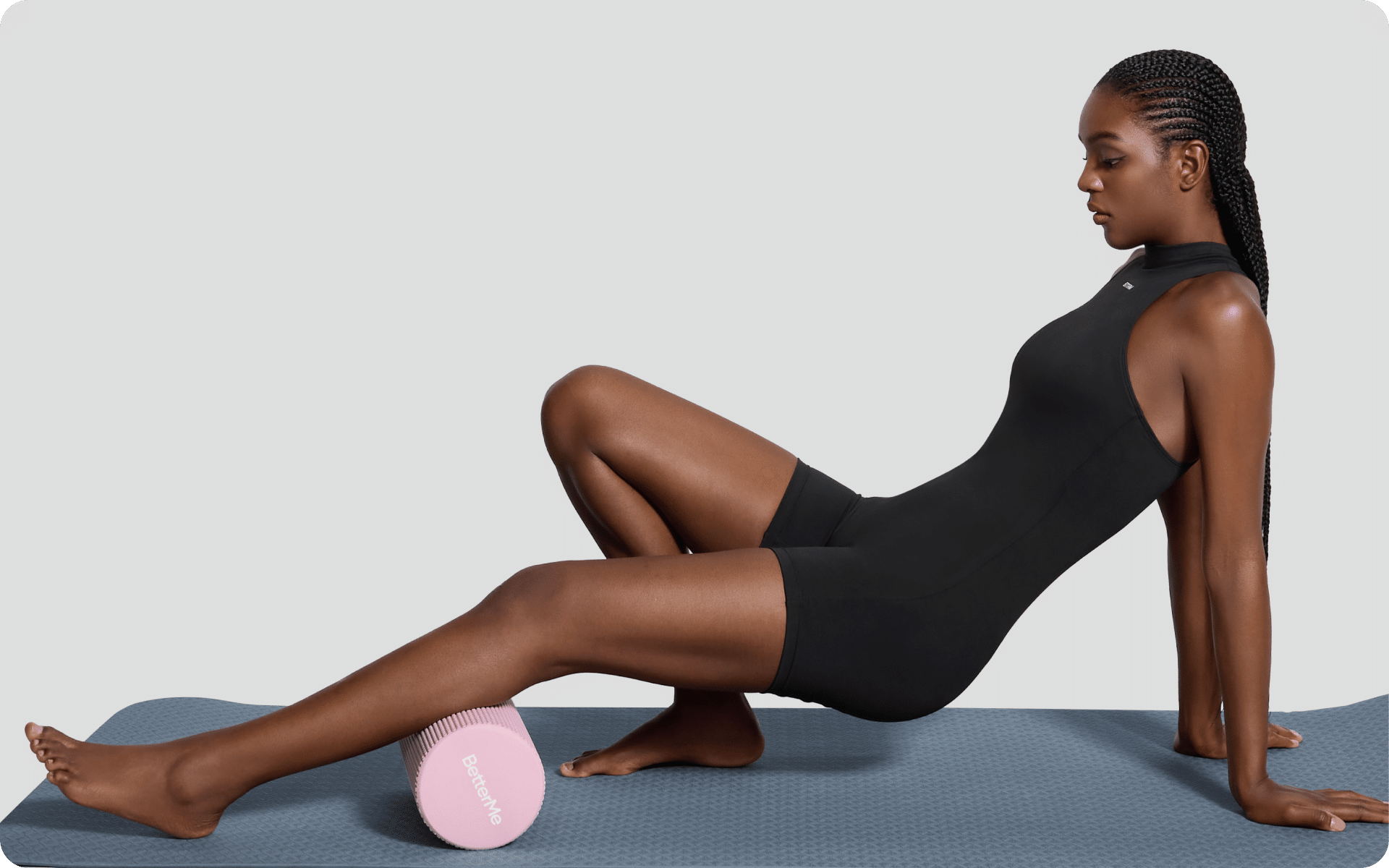
Clinical Pilates
You will not find this class at your local Pilates studio. Clinical Pilates is offered and overseen by trained and certified physiotherapists. This variation is usually used as part of the treatment or rehabilitation of injuries and certain health conditions (e.g. chronic pain).
They are also offered to surgery patients, pregnant women, those who recently gave birth, etc. Clinical Pilates classes are often one-on-one as every class offered is unique. They are customized to fit the individual needs of the patient.
STOTT Pilates
STOTT Pilates is a little like the clinical variation as they too focus on rehabilitation.
Proponents of STOTT Pilates praise it by stating that:
- Unlike normal Pilates, this variation is better for the spine. STOTT movements maintain the original curve of the spine instead of straightening it.
- It works well for rehabilitation as movements are centered on trying to align the muscles around the joints in the body.
STOTT Pilates also uses props like a foam roller, stability, and BOSU balls to help with alignment and stability during class.
Winsor Pilates
Popularized by Mari Winsor, this variation is said to concentrate more on weight loss. Winsor Pilates combined classic Pilates exercises and breathing exercises – all meant to increase the amount of oxygen in the blood as well as calorie burning. The whole routine, inclusive of breathing and mat exercises, only takes 20 minutes to complete.
What Are The 4 Types Of Breathing In Pilates?
Contrary to what was generally known, there are only 3, and not 4, breathing techniques used in pilates (1).
They are:
- Lateral breathing
- Set breathing
- Active breathing
Breathing is one of the six pillars of this exercise – with the other pillars being concentration, control, flow, center, and precision (4). All beginners to Pilates are taught the ‘right way to breathe’ as it helps you engage and stabilize the abdominal muscles.
Research has also shown that using these Pilates breathing techniques strengthens your trunk-core muscles, which helps prevents trunk injuries when lifting things (7).
Lean and toned up body isn’t just a far-fetched fantasy. Check out the BetterMe app and watch it propel your weight loss journey into high gear!
What Types Of Exercises Are Performed In Pilates?
When people think about this exercise, most of them automatically associate it with core workouts. While it’s true that Pilates will certainly give you a killer core workout, you can actually work your entire body with just Pilates.
If you are doing mat Pilates, for example, you can do multiple lower body exercises such as:
- Sumo squats
- Single leg bridges
- Lateral lunges
- Squats with calf raises
- Scissor kicks
- Glute bridge pulses
Upper body exercises can also be easily done using mat pilates.
Some simple examples you can include in your mat Pilates routine include:
- Planks
- Russian twists
- Dumbbell wrist curls
- Bicep curls
- Push-ups
- Tricep press
The list is truly endless. If you prefer apparatus-assisted full-body Pilates workouts, speak to your instructor to see if they offer such classes.
Read more: 6 Wall Pilates Ab Workout Exercises You Should Include In Your Routine
Frequently Asked Questions
How many types of Pilates are there?
There are about 7 types of Pilates. The most common ones, however, are classical (aka traditional), mat, contemporary, and reformer Pilates.
Aside from other variations like clinical, STOTT, and Winsor Pilates, there is a new form of Pilates taking over the community. This new variation is called Wall Pilates, which makes this workout more accessible to those who cannot afford it or have no access to classes.
Wall Pilates is a fusion of mat and reformer Pilates. Instead of using a reformer machine, you use a wall which helps create resistance and also provides balance.
What type of Pilates is best for weight loss?
Pilates, in general, is a great workout for weight loss. Scientific research has shown that regular participation can help lower BMI, and waist circumference, body weight, and body fat percentage (5, 6).
So which of all these types of Pilates works the best for weight loss? We say any variation that includes resistance will work best for weight loss. Remember that unlike simply using your body weight, adding resistance or even weights to a workout forces you to use more energy to complete the session.
The more energy you use, the more calories you burn; hence, more weight loss in the long run. Resistance training also builds muscle, and more muscle helps your body to keep burning calories long after your workout.
Which type of Pilates is better?
No single kind of Pilates is necessarily better than the other since they generally follow the same principles. The type of Pilates you choose to do is also heavily dependent on your goal.
For example:
- If you are injured, rehabilitative types like clinical and, perhaps STOTT Pilates, may be better for you.
- Those who want to start the workouts but cannot afford a studio should try mat or wall Pilates.
- Those who have a little more disposable income and can afford studio fees can choose either classical or reformer pilates.
- If you like to experiment, contemporary may be your best bet.
Everyone is different so choose a type that best suits your interests and is more aligned to your goals.
The Bottom Line
The most common types of Pilates today are mat, reformer, contemporary, and classical Pilates. These variations are normally offered in almost all studios. Variations like wall, STOTT, Winsor, and clinical may require special studios or even medical supervision.
No matter what type you choose to engage in, remember that breathing is essential and it goes a long way in engaging and working your core. This workout can help with core strengthening, but can also be fantastic for weight loss if done right – and with the right diet.
No matter which type you choose, please remember to first speak to your doctor, especially if you have any underlying health issues.
DISCLAIMER:
This article is intended for general informational purposes only and does not serve to address individual circumstances. It is not a substitute for professional advice or help and should not be relied on for making any kind of decision-making. Any action taken as a direct or indirect result of the information in this article is entirely at your own risk and is your sole responsibility.
BetterMe, its content staff, and its medical advisors accept no responsibility for inaccuracies, errors, misstatements, inconsistencies, or omissions and specifically disclaim any liability, loss or risk, personal, professional or otherwise, which may be incurred as a consequence, directly or indirectly, of the use and/or application of any content.
You should always seek the advice of your physician or other qualified health provider with any questions you may have regarding a medical condition or your specific situation. Never disregard professional medical advice or delay seeking it because of BetterMe content. If you suspect or think you may have a medical emergency, call your doctor.
SOURCES:
- BREATHING DURING THE PRACTICE OF PILATES (n.d., us.humankinetics.com)
- Effectiveness of Mat Pilates or Equipment-Based Pilates Exercises in Patients With Chronic Nonspecific Low Back Pain: A Randomized Controlled Trial (2014, academic.oup.com)
- Influence of Pilates Mat and Apparatus Exercises on Pain and Balance of Businesswomen with Chronic Low Back Pain (2014, ncbi.nlm.nih.gov)
- Pilates (2011, ncbi.nlm.nih.gov)
- Pilates for Overweight or Obesity: A Meta-Analysis (2021, ncbi.nlm.nih.gov)
- The effect of Pilates exercise on body composition in sedentary overweight and obese women (2017, pubmed.ncbi.nlm.nih.gov)
- The effects of Pilates breathing trainings on trunk muscle activation in healthy female subjects: a prospective study (2017, ncbi.nlm.nih.gov)





